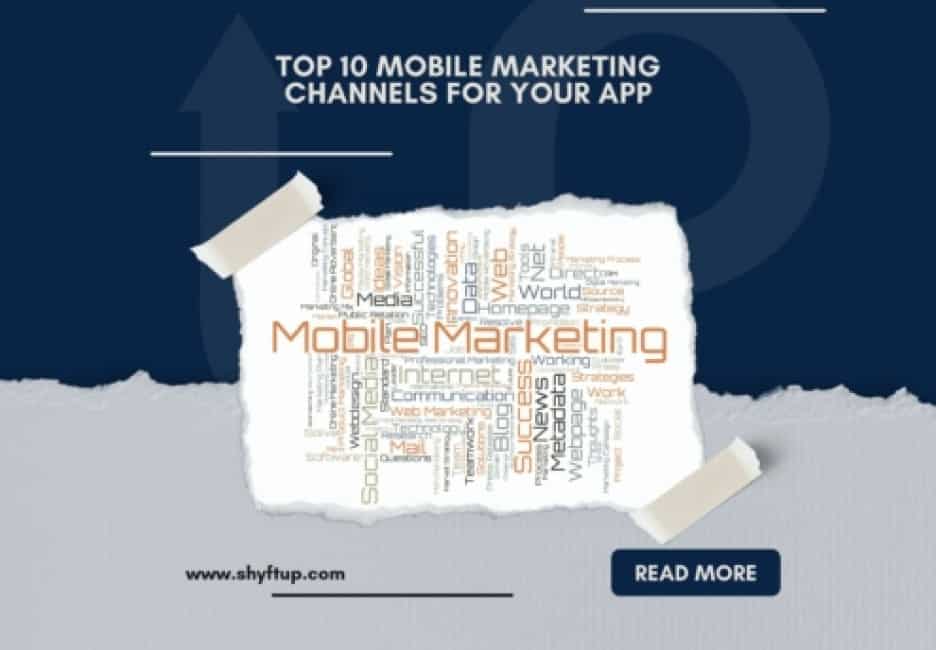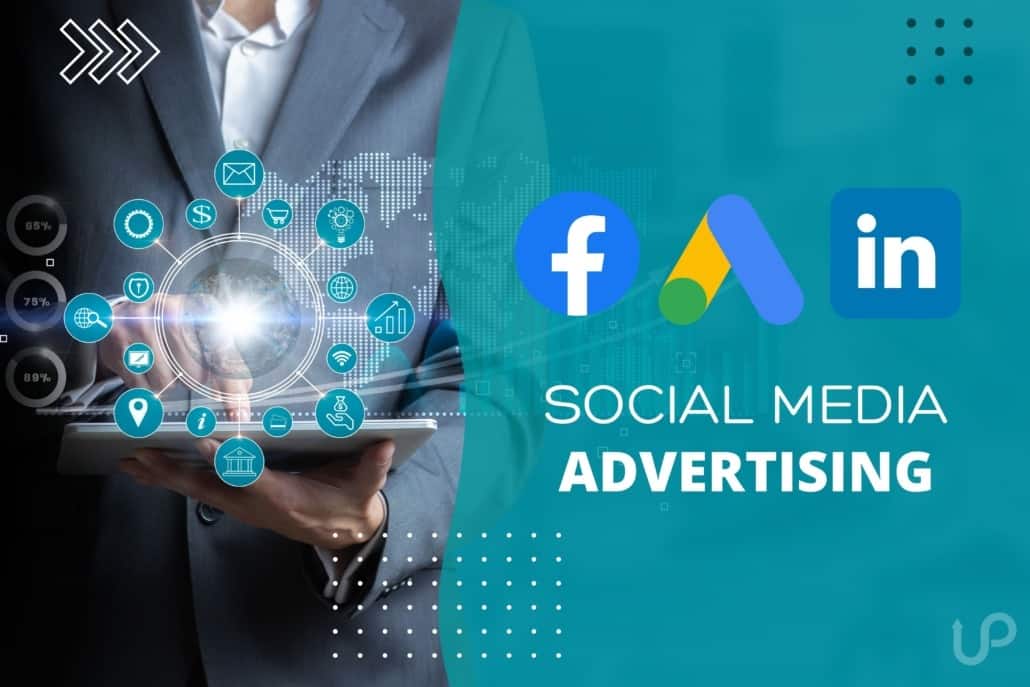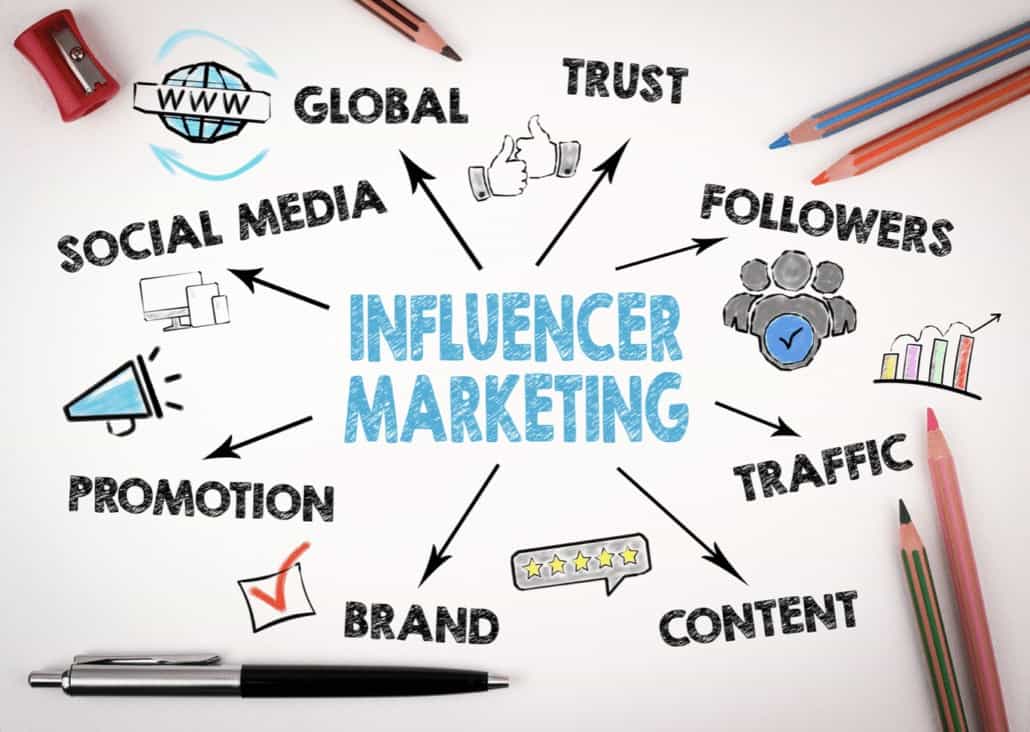
Top 10 Mobile Marketing Channels for Your App
So, building your app at somewhere between $40,000 to $300,000 (depending on the complexity) was a gigantic undertaking. Still, a monumental challenge is yet to come. There’s a long way to go in competing on Google Play (Android) and The App Store (iOS) – the two primary marketplaces for your product. You’re about to enter a competition for brand visualization with over 5 million apps, trying to get a small piece of over 170 billion downloads expected in 2022. Did you know that 42% of millennial-owned businesses rely on apps for customer engagement?
So, the app era is in full force and, despite navigating obstacles, it’s exciting to be part of it. Your marketing strategy and advertising techniques should now be front and center of your focus to get the traction you desire. Around 54% of all visits to global websites in 2020 resulted from mobile device searches, with the US ranking a little lower at 48%. The number is mind-boggling when one considers how dependent people are on these mini-computers. The most prolific mobile internet activities worldwide embrace accessing movies or videos online, e-mailing, and connecting to social media.
Apps feature significantly as search objectives, so you can be sure the competition displays its brands all over these platforms. In short, you can’t be the odd person out if you want to make an impression. We recommend taking advantage of ten marketing channels for apps to connect with customers browsing for ways to improve their lifestyles.
1. Incentivized cost per install (CPI)
It boils down to advertising where you reward users for installing your app or engaging with it in some meaningful way (e.g., viewing a video) – one that’s likely to lead to a download. It’s a fantastic option to accelerate your installs quickly and bolster your store ranking. Apple and Google give the latter metric heavy weighting in their ASO algorithms. Moreover, we believe it’s arguably the most cost-efficient marketing tactic. Why? Because there’s nothing a customer values more than a meaningful benefit for free. This suggested move checks that box without a doubt.
2. Non-incentivized CPI
It’s just the opposite of (1) above, and, logically speaking, it doesn’t have the same motivational drive. However, it has a place when communicated compellingly. Further, the download sustainability is significantly higher than incentivized CPI. So, many advertisers mix them up. It separates users intent on trying the app versus those testing it more tentatively.
Traction (i.e., response) in non-incentivized CPI is relatively slower than offering users free installs with rewards and seemingly more expensive. However, over time, the traditionally longer customer life cycles in this category make it stickier and thus a better return on investment.
3. Social media advertising
Digital marketing platforms Google AdWords, LinkedIn, and Facebook, are considerably more affordable versus old-school media. Their CPM (Cost per 1,000) can go as low as $0.25. In contrast, magazines, for example, can be 80 times that metric (i.e., $20).
Taking Facebook as the king of social media for achieving brand visualization, let’s throw some crucial facts into the ring. The platform reflects that it:
- Embraces around close to three billion active customers (end 2021).
- Attracts 80% of all Internet users, most of them numerous times daily.
- Includes baby boomers (over 65%) who love it.
- Possesses superior audience segmentation capabilities.
Therefore, this social media giant is a no-brainer to attract attention, initiate interest, and develop conviction for your brand. Facebook advertising has the power to help you to reach your target audience instantly.
As a developer looking to make a big impression at the lowest cost, you can’t ask for a better channel than selected social media. There are many others, like Linkedin, YouTube, Instagram, Tumblr – to name a few – that offer diverse demographic advertising advantages. Check them all out with a media specialist.
4. Search marketing (Google Adwords)
Here’s a keyword strategy site that’s second to none. Customers searching for apps drive the industry at a tremendous pace. Google Pay knows it, and so does the App Store. They make room for you to insert the vital keywords in the brand name and dedicated spaces on your app page. Use them astutely and with forethought.
The primary advantage is that it creates business organically, a big step away from paid advertising. In-the-know marketers hunt for keyword niches where their app goes head to toe with only a few competitors, and is more than a match for those in the selected search vertical. Finding the diamonds in the rough calls for ASO and SEO in-house or contracted skills that can reap substantial dividends.
Note – there’s a difference between SEO (for website searches) and ASO (for app store searches specifically), yet both rely on keyword identification. Also, they integrate on some level because users search in many different ways.
5. Television advertising
Several million US smartphone households enjoy unlimited mobile data plans. These include premium video streaming capabilities, thus creating new ways to watch traditional media like TV. In a 2020, survey of 5000 US consumers reflected that:
- Around 84% of families have at least one mobile device between them.
- Close to 60% of (1) above have an unlimited data plan.
- Nearly one-third of the family members watch premium videos on their devices – up by 30% only a year back in 2019.
- More than half confirmed it was a cinch to stream TV programs and movies.
- Nearly all of them agreed that entertainment apps connecting viewers to favorite shows were:
- Abundant.
- Provide a broad selection of channels.
So, logic tells us that your mobile customers are watching TV on their devices. Therefore, advertising on it enters the scene in a big way – budget allowing.
6. Co-promotional partnerships
Many brands get extra mileage from synergistically partnering with another in their promotions. Synergy emerges when adding one and one totals more than two (i.e., an aggregate more significant than the sum of the parts.) To do that maneuver, you have to find a commonality that resonates for both brands. For example:
- GoPro and Red Bull found common ground in the concept of an active lifestyle. The companies promotionally boosted both brands with joint advertising underlining that:
- GoPro equips athletes entering extreme events
- And Red Bull sponsors them.
You can’t ask for a better match!
- Another good case study is Casper, the online quality mattress collaborating promotionally with high-end furniture chain West Elm. It gives the latter an exclusive bed brand and showcases the mattress in-store (i.e., allowing online consumers to try it out before ordering.) There, again, it’s like two pieces of the same jigsaw puzzle meshing perfectly.
Similar to the above, mutually beneficial partnerships fit into app marketing models with reduced costs and enhanced exposure if done correctly. There is synergistic potential in every corner of the market; it just takes lateral thinking to develop the combinations that work well. The biggest challenge is convincing the prospective partner that it can have mutual benefit.
7. Mobile site redirection
Here’s one you may never have heard of – building a dedicated mobile site: So, what is it? It’s like a website you construct but only for mobile devices. The difference is a URL that reads, for example – mywebsite.com/mobile or m.mywebsite.com. If the browsers use an Android or iOS portable device to search, they’ll be redirected to the mobile site.
By inserting banner ads and CTA buttons on the latter, one click takes visitors directly to your app page in the appropriate distribution center. There’s no long story in between. Instead, it’s a short and sweet route to the app and a possible download. In the end, ASO, good reviews, ratings, and store rankings revolve around continuous downloads, so use this recommendation to go for outstanding results.
8. An “App of the Day” feature on a mainstream site
Featured as “App of the Day” can jet-propel new apps into the business success stratosphere. Promotions can push brands on themes like Our Daily App – 100% Free. However, a lot depends on the site’s credibility in promoting your brand. If consumers trust it, the promotion should have the legs to build fast market momentum. On the other side of the coin, getting respected sites to accept your app for such a robust promotion takes some convincing, but it’s well worth pursuing.
9. Influencer promotions
Endorsements from celebrities in your channel can create a massive following. Aspirational motivation plays a vital role in modern-day living. People put a lot of value in celebrity thinking and following the buying habits of those they admire. The influencer personality doesn’t have to be world-famous to endorse your brand. Look for segment popularity that’s relevant to your marketing.
10. Mobile app wall advertising
Most apps offer free downloads, relying on in-app purchases to monetize. Therefore, offer-walls function as dedicated spaces inside mobile apps, listing multiple offers. Users perceive these as a “soft-sell” and, thus, they work extremely well once engaged in a download. The idea is to combine the offers with rewards and various incentives attached to app activities (i.e., playing games with feedback, viewing a video, and buying an associated product). In the app marketing environment, pundits regard them as low-intrusion promotions with higher than average conversions. As a result, app wall popularity is growing.
Conclusion
Paid promotions and ASO ranking lie at the core of your brand’s marketing success. However, downloads are the name of the game, and the approach depends on an integrative approach. The content above provides a helpful guideline and a compendium of tactics that should bolster your results.
To fill in gaps, talk to ShyftUp – a leading global User Acquisition Agency. They’ll help you decide on the promotional strategy for your app portfolio. ShyftUp focuses on two primary services:
- App Store Optimization (ASO) – unleashing the power of organic user growth by creating boosted visibility on the app stores
- Paid User Acquisition – to help you grow your user base by converting your paid marketing budget into real users, thus revenue. ShyftUp specializes in Apple Search Ads and Google UAC channels.
What are paid channels in marketing?
Social media, incentivized and non-incentivized cost per install, influencer promotions, the in-app wall offers, app of the day, co-promotional partnerships, and television advertising.
What are the distribution channels for a mobile app?
Google Play (Android) and the App Store (iOS). There are others, but these two make up over 95% of the market.
Does keyword strategy fit into promotional planning?
Yes, it’s a crucial part of it. The primary advantage is that it creates business organically, a big step away from paid advertising. Marketers who can find the keyword niches where their app goes head to toe with only a few competitors, and are more than a match for those in the space. Finding the diamonds in the rough calls for ASO and SEO special skills that can reap substantial dividends.

